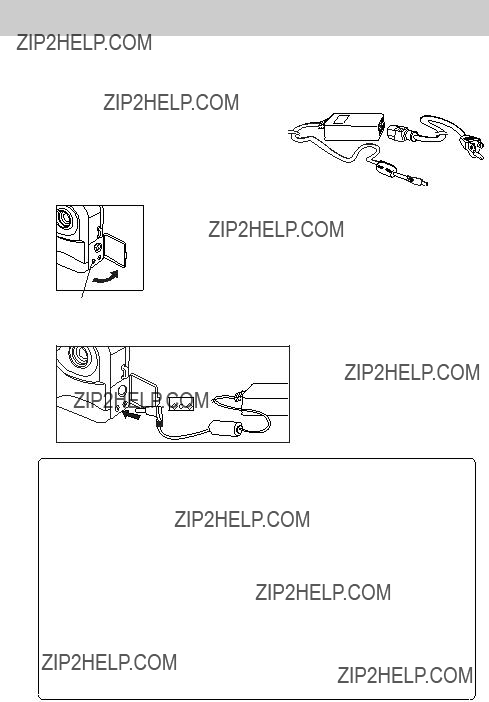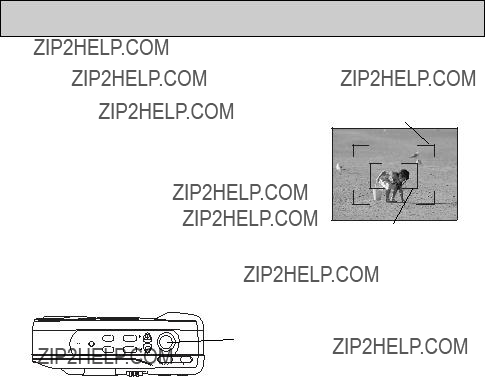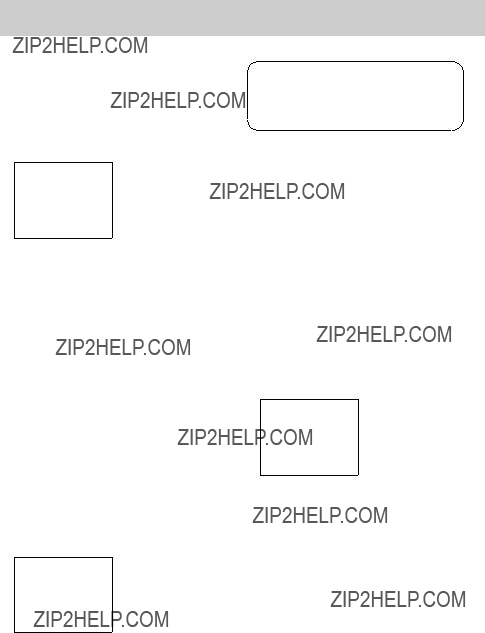Specifications
Product Type: Digital Still Camera
Imaging Device: 1/2-inch CCD, 1.5M pixels, progressive scanning
Image Quality: Fine/Normal/Economy
Image Resolution: 1360 x 1024 pixels (Fine / Normal); 640 x 480 pixels (Economy)
Recording System: Digital (JPEG based)/Field recording
Recording Medium: Removable CompactFlash (up to 48Mb).
Image Capturing: Single or nine sequential images, saved as one image file.
Playback Modes: Single or nine thumbnails, image search function available.
Digital Zoom: 2x, both in REC/PLAY
Shooting Options: Sharpness/color
Erase Functions: Single image or all images. Erase protection available
Video System: NTSC or PAL optional digital output: RS-232C or USB, serial cable for each interface is required
Focal Length: 7.0mm
Aperture: f=5.6
Focus Range (TTL): Auto: 0.1m - infinity
AF Macro: 0.1m - 0.5m
Fixed: 0.1m, 0.5m and 2.0m are available
Exposure Metering: Aperture priority AE
Exposure Range: LV 6 to LV 16 at ISO 170
Flash Modes: Auto/Fill/Off. Red-eye reduction available
Flash Range: Built-in Flash, 0.5 - 2.3 m (ISO 170) Exposure Compensation: Max. +/- 2.0EV, 0.25EV step
Shutter System: Electronic programmable shutter
Shutter Speed: 1/3 to 1/3500 second White Balance: Auto/ Fixed (Daylight and Office- Light) Self-Timer: Electronic self-timer about 10-sec. delay.
Optical Viewfinder: Real image type with 2x zoom and AF markings
LCD Monitor: 2-inch Full-color TFT LCD
Date Format: mm/dd/yy, dd/mm/yy, yy/mm/dd
Terminals: DIGITAL (RS232), VIDEO OUT, DC (7V)
Power Source: 4 AA-size batteries (Alkaline, NiCd, Lithium) / AC Adaptor (DC 7V, 2.5A)
Dimensions: 133(W) x 71 (H) x 49 (D) mm Weight: 254g (batteries excluded)
* Design and specifications are subject to change without notice.








 (Self Timer)/+ (plus) button
(Self Timer)/+ (plus) button (Flash)/??? (minus) button
(Flash)/??? (minus) button


 +
+





 /+ (self timer/plus) button on top of the camera to see the next stored image, or the
/+ (self timer/plus) button on top of the camera to see the next stored image, or the  /??? (flash/minus) button to see the previous one.
/??? (flash/minus) button to see the previous one. /+ or the
/+ or the  /??? button for more than two seconds will automatically forward or reverse through displayed images every two seconds. Press either button again to stop automatic play.
/??? button for more than two seconds will automatically forward or reverse through displayed images every two seconds. Press either button again to stop automatic play. /+ or the
/+ or the  /??? buttons allow stored images to be scrolled through or viewed one at a time.
/??? buttons allow stored images to be scrolled through or viewed one at a time.


 ) or down
) or down  )
) ) or down
) or down  )
) ) or down
) or down  )
) CAPTURE: SINGLE
CAPTURE: SINGLE SINGLE
SINGLE
 ) or down
) or down  )
) ON
ON ) or down
) or down  )
) ) or down
) or down  )
) DAY???LT
DAY???LT ) or down
) or down  )
) ) or down
) or down  )
) + 1 . 3
+ 1 . 3 ) or down
) or down  )
)
 ) or down
) or down  )
) ) or down
) or down  )
) AUTO
AUTO NORMAL
NORMAL ) or down
) or down  )
) ) or down
) or down  )
) ) or down
) or down  )
) NORMAL
NORMAL ) or down
) or down  )
)
 ) or down
) or down  )
) ) or down
) or down  )
) ) or down
) or down  )
)
 NO
NO ) or down
) or down  )
) ) or down
) or down  )
) ) or down
) or down  )
)
 ) or down
) or down  )
) ) or down
) or down  )
) ) or down
) or down  )
) NO
NO ) or down
) or down  )
)
 ) or down
) or down )
) ) or down
) or down  )
) ) or down
) or down  )
) ) or down
) or down  )
) ) or down
) or down  )
) YEAR: 2000
YEAR: 2000

 (Flash)/??? (minus) button on top of the camera until the
(Flash)/??? (minus) button on top of the camera until the  symbol is displayed on the back panel LCD. When activated, the flash will fire with every picture taken.
symbol is displayed on the back panel LCD. When activated, the flash will fire with every picture taken. ) is displayed on the back panel LCD to turn the flash off. When turned off, the flash will not fire no matter what the lighting conditions are.
) is displayed on the back panel LCD to turn the flash off. When turned off, the flash will not fire no matter what the lighting conditions are.
 )/+ button on top of the digital camera. The
)/+ button on top of the digital camera. The  ) will show on the back LCD panel. This mode will be canceled by pressing the (SELF)/+ button again, POWER button, or sliding the mode switch to Play mode.
) will show on the back LCD panel. This mode will be canceled by pressing the (SELF)/+ button again, POWER button, or sliding the mode switch to Play mode. ) on the bottom of the digital camera. To adjust the setting, make sure that the LCD is turned on (use the LCD button on the top of the camera) and turn the dial using a finger.
) on the bottom of the digital camera. To adjust the setting, make sure that the LCD is turned on (use the LCD button on the top of the camera) and turn the dial using a finger.
 ) and close up, also called standard macro (
) and close up, also called standard macro ( ).
). )/+ or (
)/+ or ( )/??? buttons to move the highlighting arrow until it is beside the image you want to
)/??? buttons to move the highlighting arrow until it is beside the image you want to





















